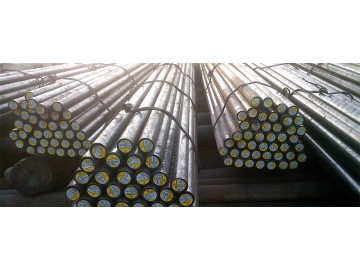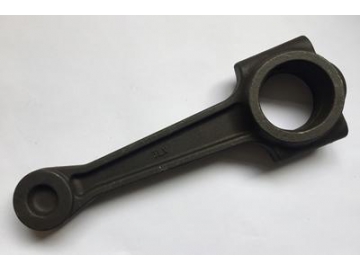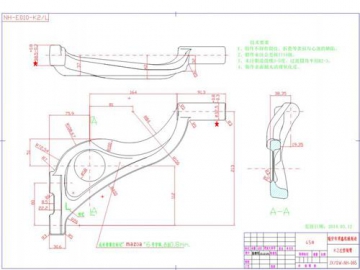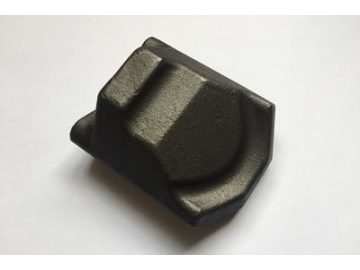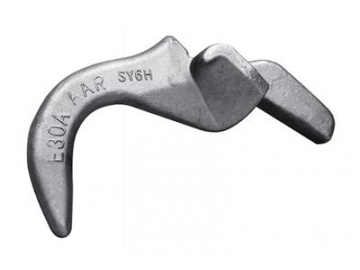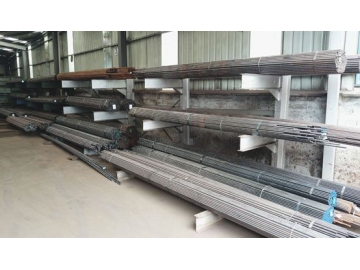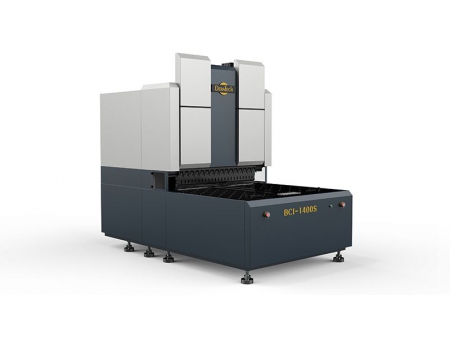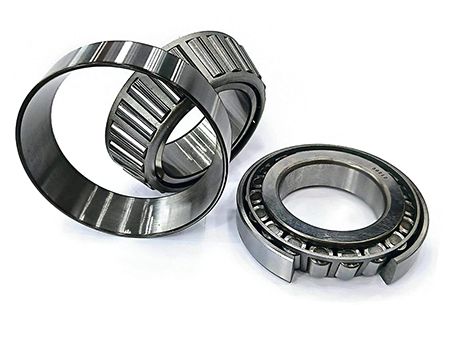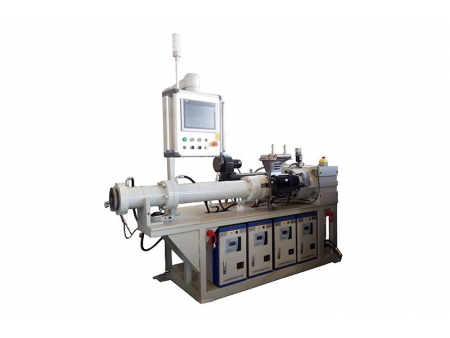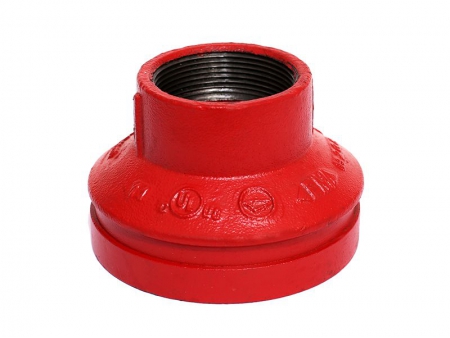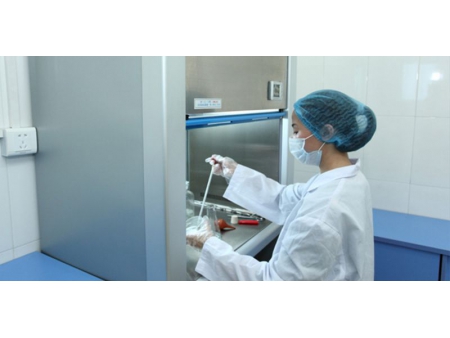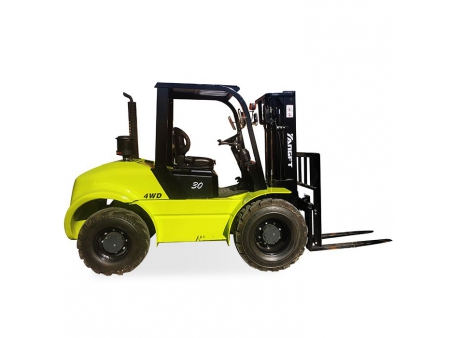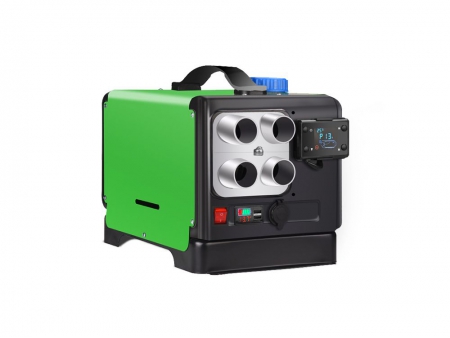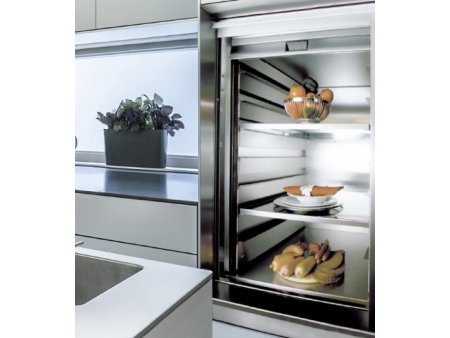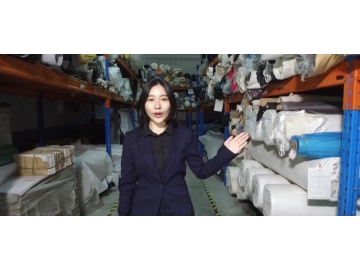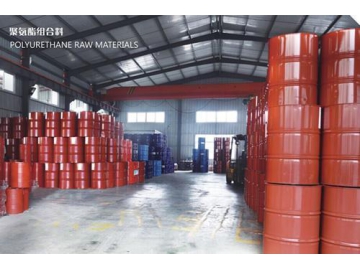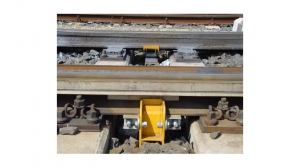Raw Materials
JianXin is able to provide various types of steel forgings, including stainless steel forgings, carbon steel forgings, alloy steel forgings, and more. Open die forgings are often adopted here to produce cost effective and high quality forging components.
Stainless steel forgings
Stainless steel (SS303, SS304, SS316 etc): The stainless steel is produced using iron alloy, which is noted for its corrosion resistance thanks to a protective oxide layer. All stainless steel grades contain at least 10.5% chromium, with the stainless steel forgings providing resistance to crevice corrosion, stress cracks, pitting corrosion, thermal deformation etc. Stainless steels can be divided into four main types: ferritic, martensitic and precipitation hardening, duplex and austenitic.
Carbon steel forgings
Carbon steel (1020, 1035, 1045, Q345, 20CrMnTi etc): There are three main grades for carbon steel: low carbon steel, medium carbon steel, high carbon steel, with the rigidity and strength improving and the plasticity decreases as the carbon contents increased.
Low carbon steel: Composition of 0.05%-0.26% carbon, including grades of 1018 and 1020. Carbon steel with low content features toughness and unbreakable making it an ideal choice for forgings.
Medium carbon steel: It is composed of 0.29%-0.54% carbon and has high-content manganese, including the 1141 grade. It is perfect for quenching or tempering of crankshaft and many other forgings.
High carbon steel: It features strong hardness and elasticity, with the carbon steel being brittle when the carbon content increases from 0.55%-2.1%.
Based on different carbon contents in the carbon steel, carbon steel forgings can be improved in tensile strength, yield strength, shock strength and abrasive resistance through heat treatment.
Alloy steel forgings
Alloy steel (20CrMo, 20CrMnSi, 30CrMo, 35CrMo, 40Cr, 42CrMo etc): Alloy steel contains multiple ferrous metals, with the chromium content no less than 3.99%. Metals that contain greater amounts of chromium are classified either as tool steels or stainless steels. Alloy steels vary in their alloying elements which determine the properties of a particular material.
As the alloy steel has more excellent performance in hardness, abrasive resistance and tensile strength than the carbon steel die forgings, making the alloy steel one of the most commonly used die forging material. The alloy steel is regarded as ferrous alloy, which achieves improved physical properties by alloying or combination with various elements in total amounts between1.0%-50%.The combination of alloy steels and elements determines physical strength and properties of the metal. The elements added in covering chromium, molybdenum, manganese, nickel, vanadium boron and silicon.
Alloy steel forgings often adopt heat treatment, also called hot forging, to achieve increased strength, abrasive resistance and tensile strength of the forgings. We have sufficient stocks for alloy steels.
Often used for closed-die forgings here at our company include: 20Cr, 20CrMo, 30CrMo, 35CrMo steel, 42CrMo steel etc..
Forging steel is a metal-working process involving using hammering or compressive forces to shape the steel, then heat treatment is followed. This method produces in the steel a number of properties distinguishing it from other metal treatments, casting for example, where liquid metal is poured into a mold and then solidified.
Properties of steel forgings- Strong and durable
Steel forgings typically have high strength and are usually tougher than steels processed in other methods. For example, the steel is less likely to shatter when impacting with other objects, making it suitable for items like sword. The increased strength and durability are available by pressing or hammering during the forging process and after this pressing and hammering, the forging is cooled in the water or oil. By the end of this process, the steel would be stronger than it would have been when it is forged. - Anisotropy
Strength of a steel forging is not always consistent, which might result in differences in mechanical and physical properties of steel forgings in different directions. - Limit on size
During the forging process, it is difficult to shape metal, since forging occurs when the steel is still in a solid state, unlike in casting process where the metal has been reduced to liquid form. Since it is difficult to alter metal shape while processing with the steel, there is a limit on the size and thickness of the forged steel, with the larger the metal part worked on, the harder it is to be forged.
